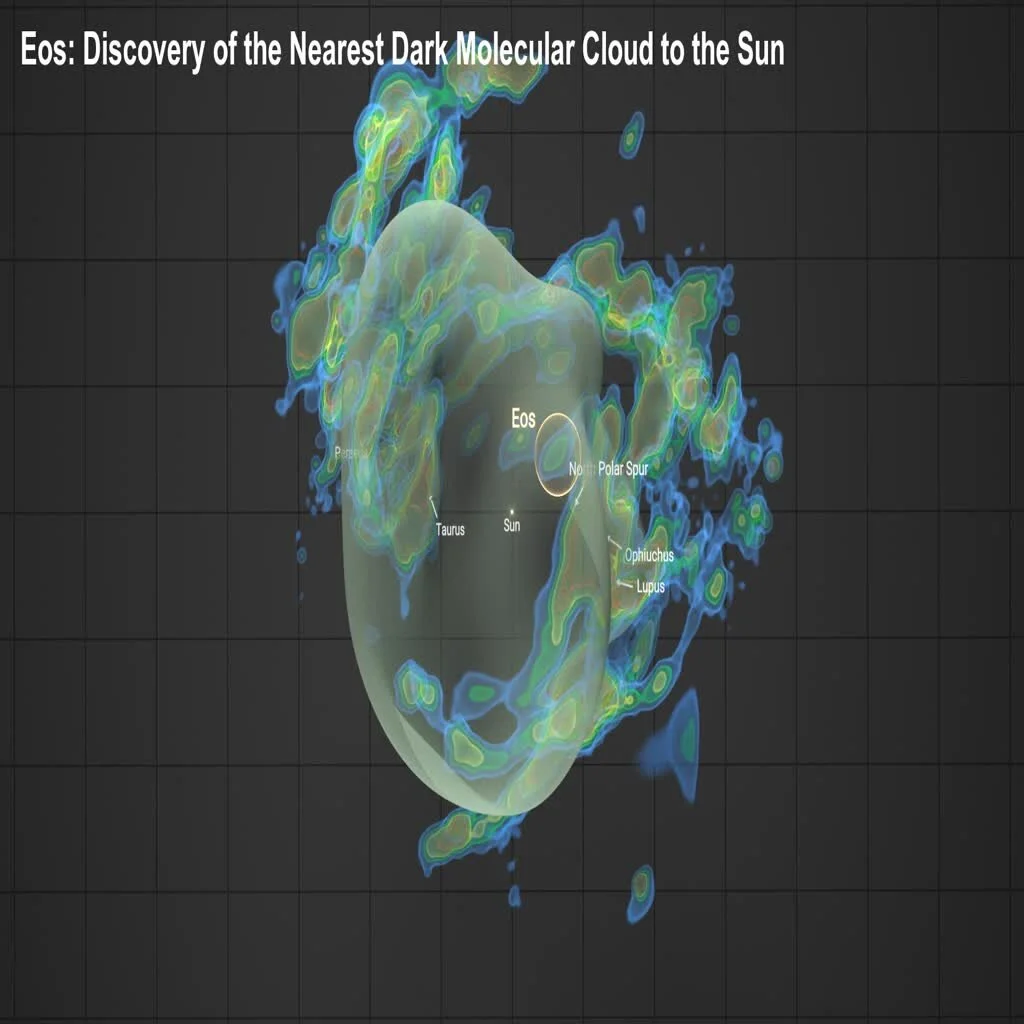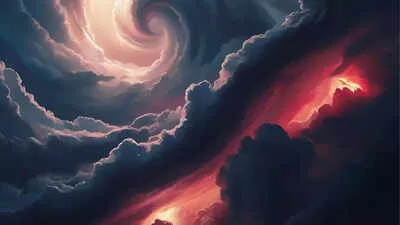
Astronomers Discover Eos: A Massive, ‘Glowing in the Dark’ Molecular Cloud Near Earth
The universe continues to surprise us. Despite decades of research and powerful telescopes, mysteries still abound. Now, astronomers have discovered a massive molecular cloud, Eos, lurking in Earth’s cosmic backyard, a mere 300 light-years away. This discovery, published in Nature Astronomy, is significant because Eos remained hidden due to its unusually low hydrogen content, making it nearly invisible to traditional observation methods.

Blakesley Burkhart, lead author from Rutgers School of Arts and Sciences, explained, "This is the first-ever molecular cloud discovered by looking for far-ultraviolet emission of molecular hydrogen directly." The data revealed glowing hydrogen molecules detected via fluorescence in the far ultraviolet. Burkhart added that the cloud is literally "glowing in the dark," opening up new possibilities for studying the molecular universe.
What makes Eos special? Its size and structure. Weighing in at 3,400 times the mass of the Sun, it's one of the largest single formations ever seen in space. If visible to the naked eye, it would stretch across the sky like 40 full moons. Shaped like a crescent, it sits at the boundary of the Local Bubble, a massive cavity surrounding our solar system.
Molecular clouds like Eos are stellar nurseries, where stars and planets are born. They consist mostly of hydrogen gas and cosmic dust. Scientists believe Eos has been slowly forming on the edge of the Local Bubble and is made of material that has traveled through time for 13.6 billion years, originating from the Big Bang.
Thavisha Dharmawardena, an astronomer at New York University, further investigated the find using three-dimensional maps of interstellar dust from the Gaia space telescope. She described it as a "gorgeous structure" clearly outlined in the data.
John Black, an astronomer at Chalmers University of Technology, commended the technique used to reveal Eos, stating, "It’s really wonderful to be able to see the molecular hydrogen directly, to trace out the outlines of this cloud."

However, Eos is not expected to last forever. Researchers predict it will dissipate within the next six million years.
Burkhart's team is conceptualizing a NASA spacecraft called Eos, a space telescope designed to map the molecular hydrogen content of clouds across the galaxy. This mission could potentially uncover more hidden clouds and revise our understanding of star and planet formation.
The discovery of Eos provides a unique opportunity to observe the cosmic recycling of matter up close and in real-time. By studying Eos, astronomers can better understand the processes within molecular clouds, especially at the early stages of star formation. While Eos is stable now, it won’t last forever. The material has traveled through time for 13.6 billion years, dating back to the Big Bang itself, making it a cosmic time capsule.
The discovery of Eos raises many questions. What other hidden wonders are lurking in our cosmic neighborhood? How will this discovery reshape our understanding of the cosmos? What are your thoughts on this groundbreaking find? Share your perspective in the comments below.